'Craft is an embarrassment for the construction of modern art' - Glenn Adamson, Thinking Through Craft, 2009. What would Frida think? Image: Frida Kahlo handmade pillow on Etsy here Amateur Hour is a showcase for exciting new learning, skills, entertainment and public actions. Submissions in any form welcome to selfinterestandsympathy@ gmail.com.
via Frieze:
Tate – hardly a stranger to controversy – has this week come under attack from two artist groups, their criticisms centered around Tate Modern’s tenth anniversary celebration No Soul for Sale, which was held over the weekend of 14–16 May.
Making A Living, an anonymous organisation describing itself as ‘a discussion group of arts professionals currently active across the UK’, issued an open letter to the Tate challenging the museum’s treatment of artists during the ‘No Soul for Sale’ event.
The group write: ‘It has come to our attention that many participants are not being paid by Tate Modern for their efforts. In fact, most are self-funding their activities throughout the weekend. Tate describes this situation as a “spirit of reciprocal generosity between Tate and the contributors”. But at what point does expected generosity become a form of institutional exploitation? Once it becomes endemic within a large publicly funded art space?’
Arguing that ‘it is complacent for Tate to believe that their position is comparable to ground level arts activity’ and that it is ‘disingenuous’ for the museum to claim that this ‘spirit of reciprocal generosity’ is ‘somehow altruistic or philanthropic’, Making A Living go on to accuse Tate of not having paid artists ‘for some exhibitions, workshops and events, including last year’s Tate Triennial’, although no specific details are given in the letter.
They end their letter by calling on Tate ‘to make public its policy in regard to artists’ fees’.
Unto This Last
20 May to 25 July 2010
With work by Thomas Bayrle, Sarah Browne, Andrea Büttner, Alice Channer, Isabelle Cornaro, Dewar & Gicquel, Pernille Kapper Williams and Běla Kolářová
‘Unto This Last’ takes its cue from John Ruskin’s eponymous book to consider the complicated relationships between contemporary art and craft.
Written in 1860 as a manifesto against the prevailing economic theories of the mid-19th century, Unto This Last summons a series of moral arguments to denounce what its author perceived as the devastating social consequences of capitalism. Ruskin’s writings on economy and art inspired the Arts and Crafts movement, which advocated the primacy of handcraft and opposed the division of labour that lay at the heart of the capitalist model. A few decades later the very notion of craft would be widely seen as adverse to the imperatives of modernity and its definition of art, a misconception which has to some extent subsisted to this day.
The exhibition suggests that a number of contemporary artists simultaneously abide by the codes of conceptual practice – autonomy, dematerialisation, abstraction and lack of skills, among others – and to various degrees draw on the critical potential of craft. By introducing supposedly anti-conceptual notions such as artisanship, skill, or emotion, craft effectively provides them with an opportunity to take an unconventional and enlightening look at a variety of personal and collective concerns.
An essay by Glenn Adamson, author of Thinking Through Craft and Head of Graduate Studies at the Victoria and Albert Museum will accompany the exhibition, which has been curated by Alice Motard in collaboration with Alex Sainsbury.
Under the term ‘skill’ I mean to include the united force of experience, intellect, and passion, in their operation on manual labour: and under the term ‘passion’ to include the entire range and agency of the moral feelings; from the simple patience and gentleness of mind […] up to the qualities of character which renders science possible […] and to the incommunicable emotion and imagination which are the first and mightiest sources of all value in art.
– John Ruskin, Unto This Last, 1860
Image: Pernille Kapper Williams, Matter upon Matter, 2008. Porcelain, 10.5 x 16 cm (Ø 12.5 cm) Photo: François Doury. Courtesy the artist.
Deller’s exhibition at Void Local Artist, will showcase new work which has never been seen before, alongside a film he made for the 2008 Sydney Biennale. The exhibition will run until 5 June 2010.
Address:
Void, Patrick Street, Derry, Northern Ireland
Crochetdermy by artist Shauna Richardson. Image held here Amateur Hour is a showcase for exciting new learning, skills, entertainment and public actions. Submissions in any form welcome to selfinterestandsympathy@ gmail.com.

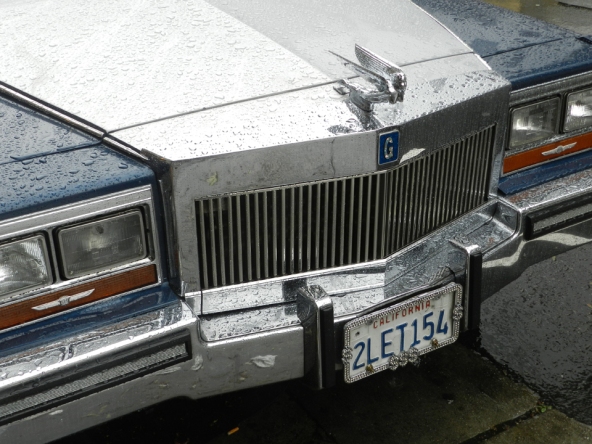
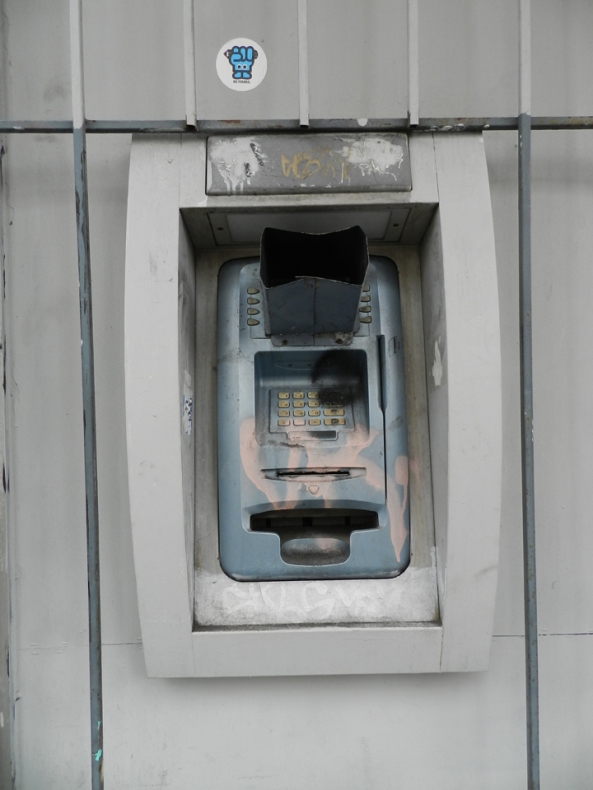
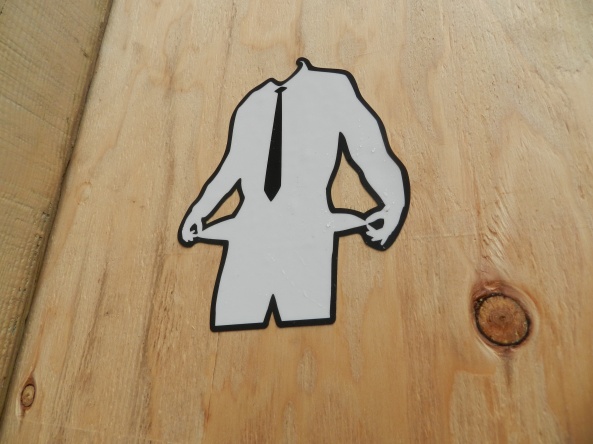
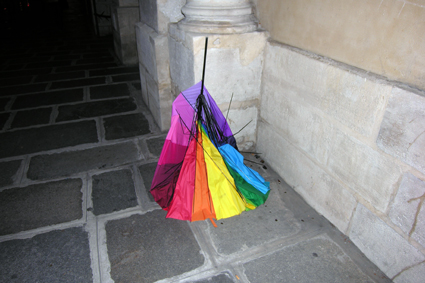


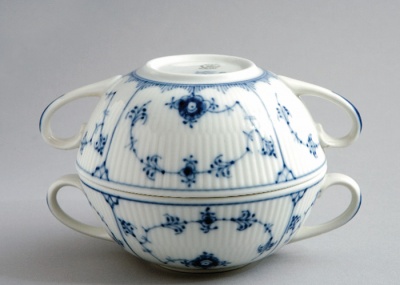
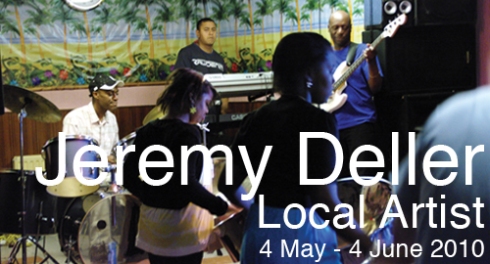
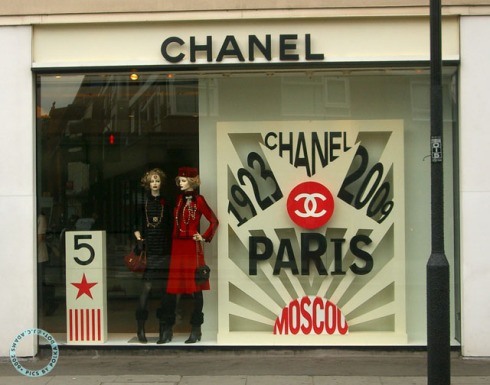


Recent Comments